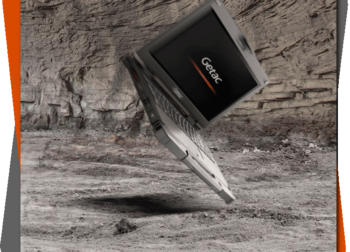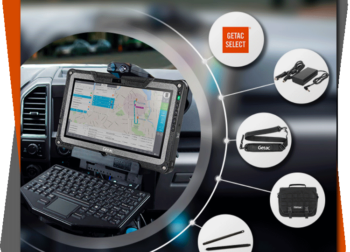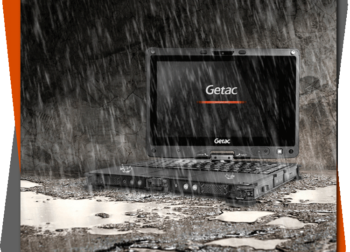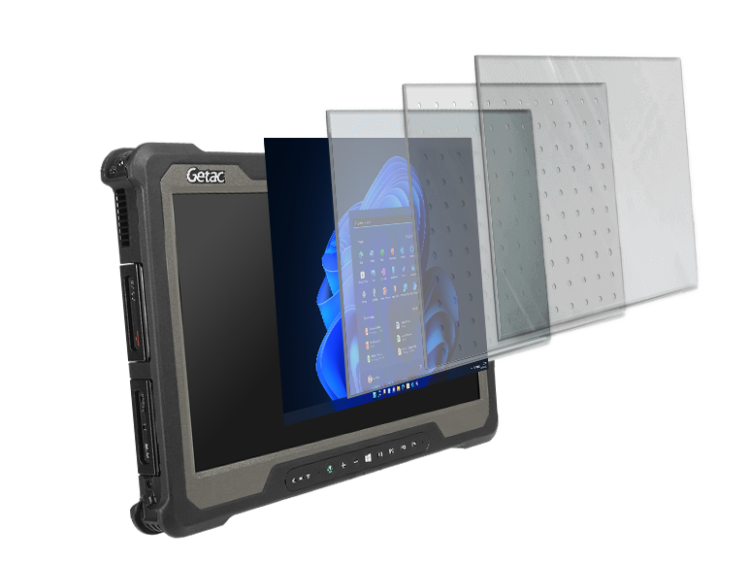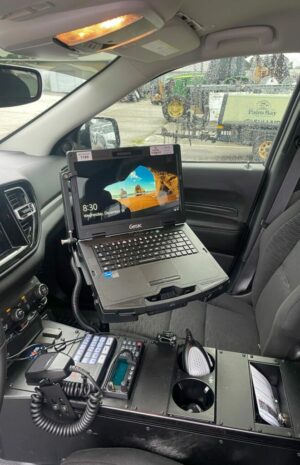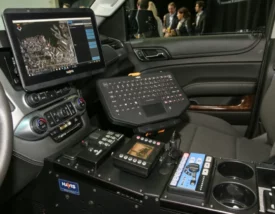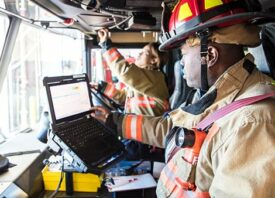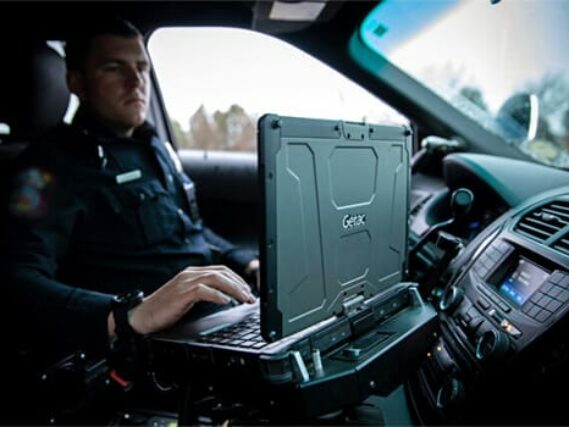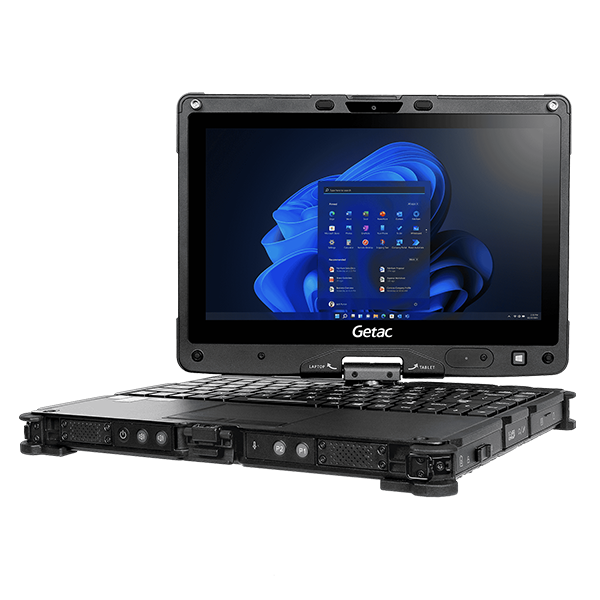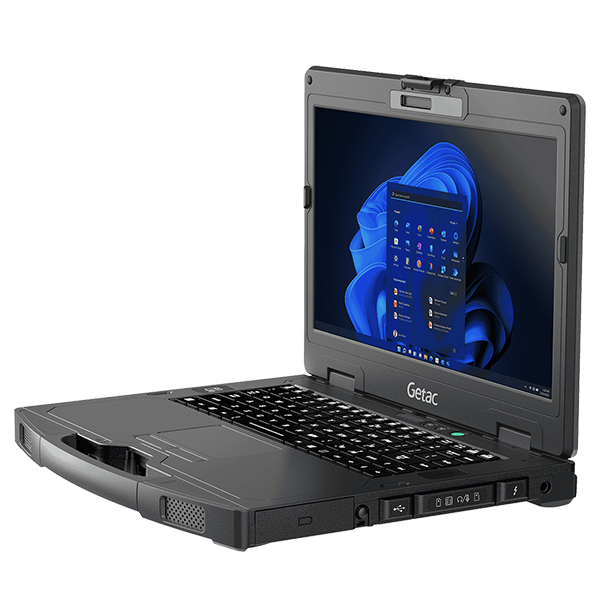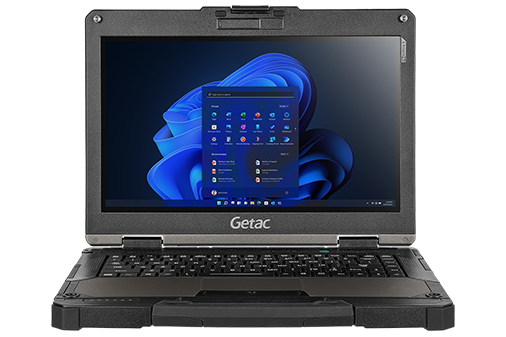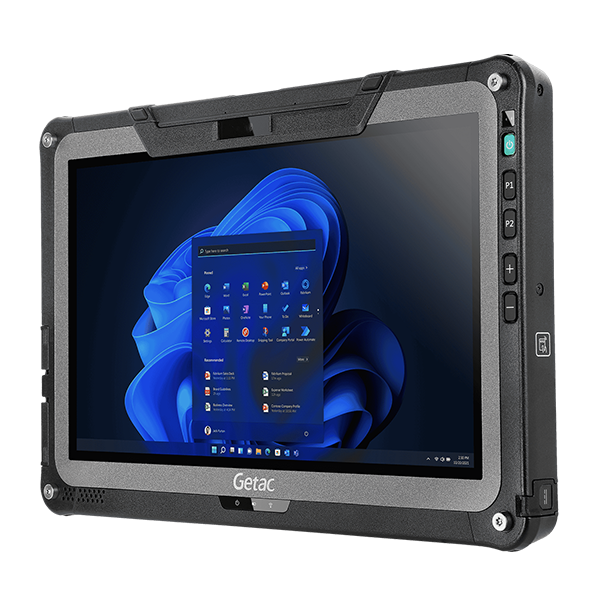Mounts, Poles, Arms, Cradles & Docks
Make, Model and Year of vehicles will be needed. Just like windshield wiper blades, tires and keys – these are very specific to the make, model and year of the car. If there is any existing mounting equipment, photos will likely need to be provided.
Mounts attach to the vehicle; Poles and arms go from the mount to the cradle or dock; Cradles & Docks go from mount or pole or arm to the computer; Cradles only hold the device; Docks are a simplified way to “plug” in the device.
Longer explanation excerpt from: https://sigmasafety.ca/news/computer-mounts/
Computer mounting systems consist of a couple major parts;
- the hardware to mount the system to the vehicle and
- the docking station (cradle, dock or dock with passthrough)
One of the trickiest parts of the mounting systems is physically attaching the system to the vehicle. The system is generally made up of a base plate then an assortment of poles and brackets to raise the system to an appropriate level for the user.
Once the base plate and pole assemblies have been chosen, move up to the tilt/swivel/slide device, which we call a Motion Attachment, that the docking station bolts to. Generally speaking you’ll want an attachment that provides at least some tilt and swivel that allows you to move the computer towards and away from you depending if you’re stopped and working on the computer or you’re driving.
Once all the floor plate, poles, and motion attachments have been selected, now it’s time to think about the docking station. There are a couple options;
CRADLE
A “Cradle” is a mount that simply holds the computer in place. It’s crucial that you get a sturdy cradle that locks and also can hold the computer in the case of an airbag strike or other rugged incident.
Advantages of cradle;
- Much lower cost than a docking station
- Provides reasonable security
- Universal models and device specific versions are available
- Universal models can often be re-used on other computers, rather than being specific to one make/model
Drawbacks;
- No electronics such as charging or USB connections. If you want to charge your computer in the cradle you’ll need to manually connect a power cable each time you put the computer in the cradle. This isn’t a big hassle if you put the computer in the cradle once or twice during the day, but if you insert/remove it many times during the day this will quickly get frustrating. It also adds a lot of wear and tear to your computer’s power and USB ports.
- No ability to connect to external antennas (see below)
- Must use an external power supply or an inverter/power supply combination.
DOCKING STATION
A docking station (or just “dock”) is always designed for a specific make/model of computer. The dock not only holds and locks the computer but it also provides connections that mate with the computer’s docking connector. These connections provide power, peripheral connection, and antenna connection (see below) all in one motion. These docking stations are made only for fully- and semi-rugged computers.
Advantages;
- Full connections such as power, peripheral, and antenna
- Easy to dock/undock without manually plugging in any cables
- Designed to work with rugged computers
- Reduces wear on ports vs. manual plug-in style connections
- Integrated (or attached) power supply that is tolerant to vehicle power systems
Disadvantages;
- Significantly more expensive than a cradle (most docks will be more than $600 more than cradle version).
- Specific to one make/model of computer. If you upgrade your computer to a different model in the future, you’ll need to buy a new docking station to mate with the new computer.
EXTERNAL ANTENNAS – Docks with RF Passthrough
This is one topic that almost no one considers when selecting a computing device, but it can make or break the success of your project.
With many computers/tablets having GPS and cellular modems embedded into them, it’s really handy because you can walk around pretty much anywhere and have GPS and data connectivity. However, remember that when you have the computer mounted in a vehicle, it’s underneath the metal roof of your vehicle, so GPS reception will suffer.
Also, your cell data reception level will drop dramatically because your computer (and its internal antenna) are now inside what’s essentially a metal box (your vehicle). The only way around this is to connect the internal GPS and cell data modems in the tablet/computer to antennas that are mounted on the roof of your vehicle.
With a full docking station and a rugged computer, the computer has connectors on it that mate up with the docking station’s connectors. Then, on the back of the docking station, there are antenna connectors that you can connect the roof-top antennas to. This effectively routes the computer’s internal GPS and cell antennas through the dock and to the roof. We call this “RF Passthrough” (RF = radio frequency).
ERGONOMICS
We need to try to make the computer as comfortable to use as possible, but we have to work within the constraints of the other equipment (factory consoles, aftermarket parts, etc.) in the vehicle. As a general rule we’d like to allow enough movement via the motion attachment to get the computer out of the driver’s area when the vehicle is in motion, but then allow the driver to move the computer closer to them when the vehicle is stopped.
One thing to consider is how much you’re actually going to be typing. Police Departments tend to type a lot – long reports and copious amounts of details. Fire users, on the other hand, generally just use “status” buttons on their screens: En Route, At Scene, etc. . If you are not typing on your computer much (or at all) then ergonomics isn’t very important. But, if you type a lot, paying attention to where the computer sits relative to the driver can make a world of difference.
The first thing to consider is Tilt. Having a motion attachment that tilts will make typing a LOT easier.
The ability for the computer to slide or swivel so it’s closer to the driver is important as well Typing on a keyboard that is too far away from you will quickly lead to upper back strain and discomfort.
If you are using a tablet, will you need support for a keyboard, if it is a laptop will you need extra support for the screen.
Final thought, if you are thinking a cradle and plan to later move up to a dock, it is much more cost effective to start with the dock then to have a new installation and purchase take place.
